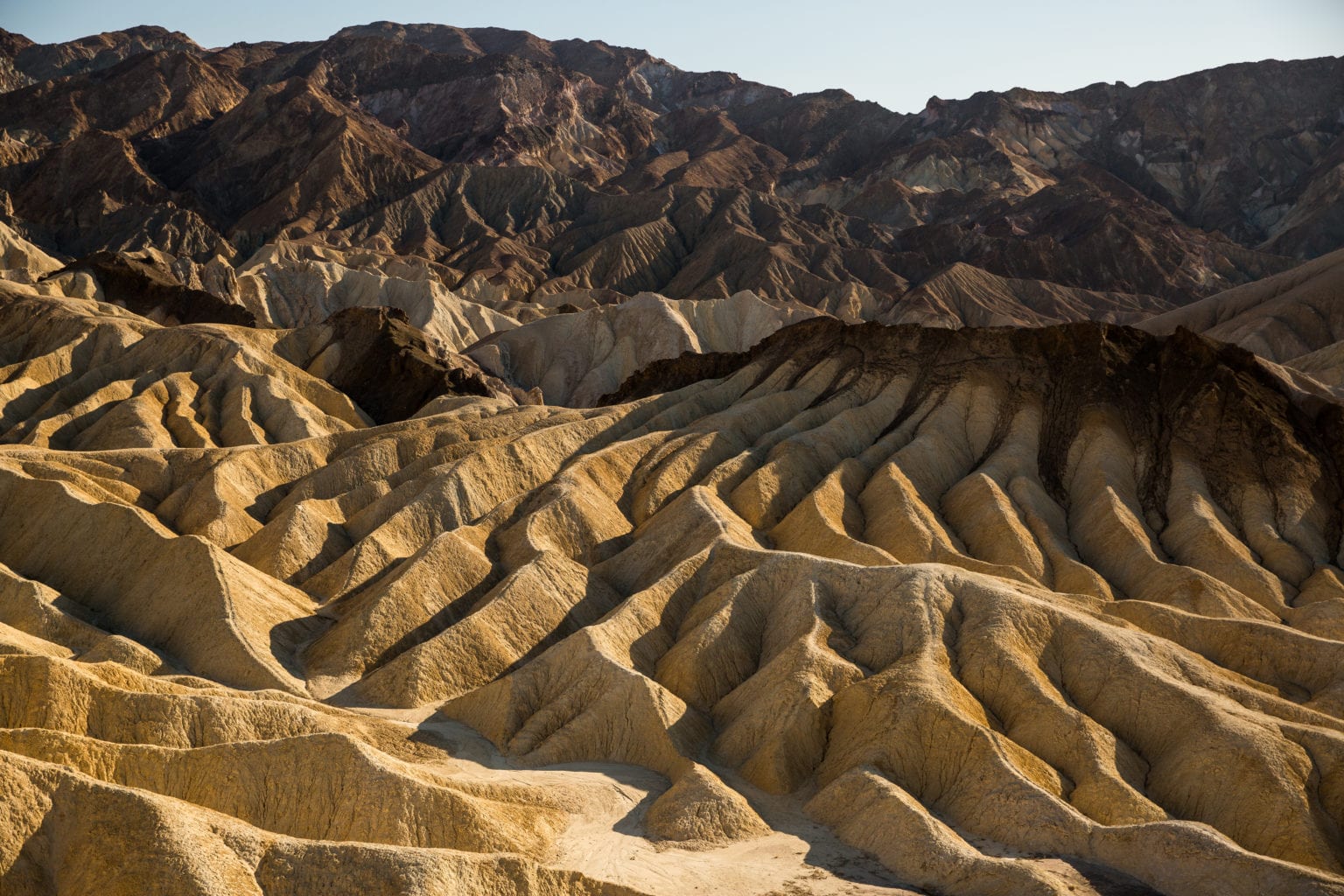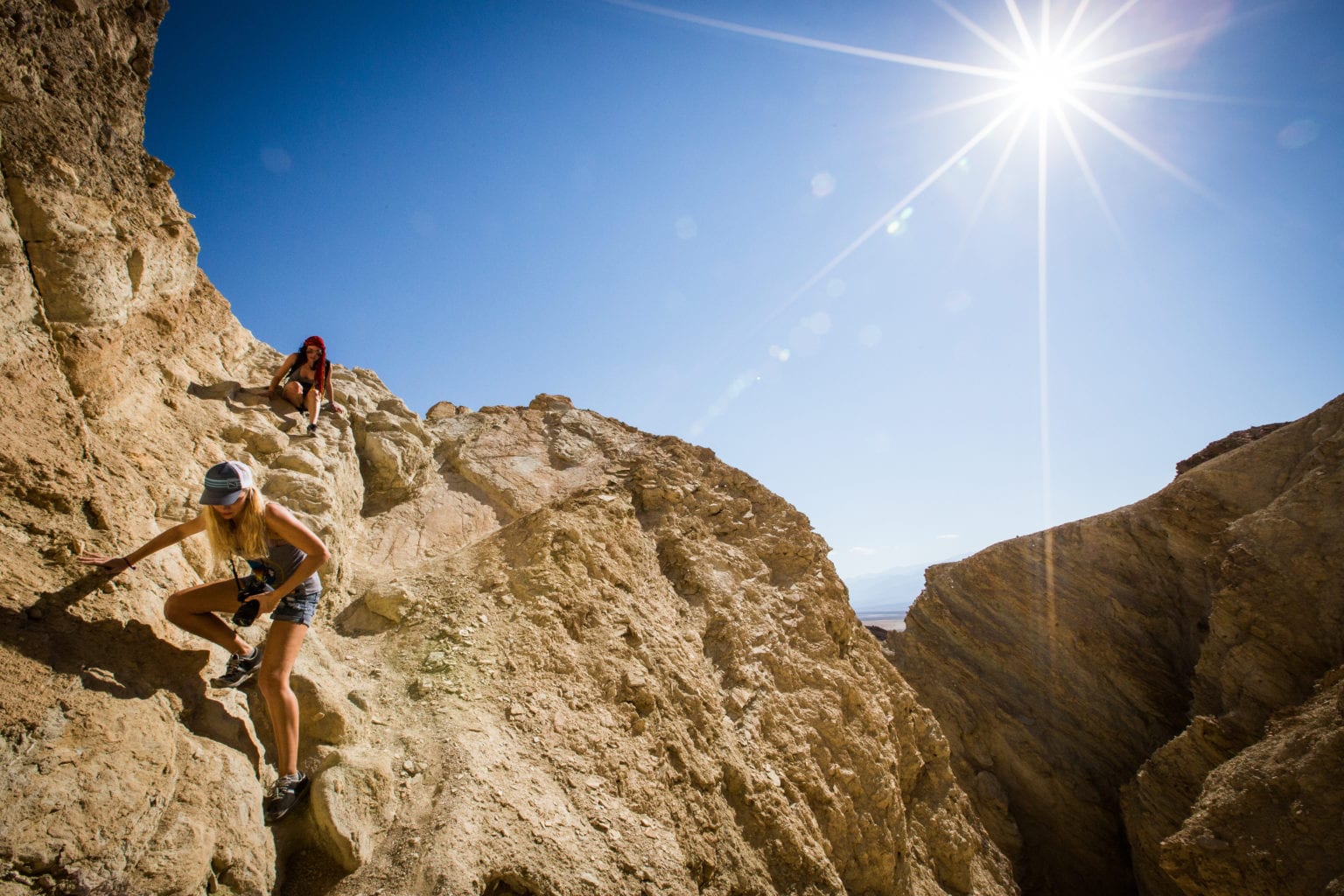March is full of opportunities for fun with your loved ones.
Here’s a few places to go explore, and some ideas for a few family fun days in March.
Death Valley

Death Valley is the largest national park outside of Alaska, with 3.3 million acres of designated wilderness and hundreds of miles of backcountry roads.
Winter and spring are the best times of year to visit Death Valley National Park.
When temperatures rise (which can include early April at times), summer hiking is not recommended in the park. During the summer, it’s recommended visitors limit outside exposure to 15 minutes away from A/C.
Where to go and what to see:
Panamint City Ghost Town

Panamint City was founded by outlaws who, while hiding from the law in the Panamint Mountains, found silver in Surprise Canyon and gave up their life of crime. In 1874 the town was at the height of its boom with a population of 2,000 citizens. By the fall of 1875 the boom was over, and in 1876, a flash flood destroyed most of the town.
Rhyolite Ghost Town
The “Queen City” was the largest town in the Death Valley area with a population of 5,000-10,000 people. During its heyday, from 1905-1911, it contained two churches and 50 saloons. The town contains numerous ruins including the Bottle House, Sen. W.A. Clark’s train depot, remains of a 3-story bank building and the jail. It is on BLM land and accessible by passenger car.
Golden Canyon

A labyrinth landscape of golden colored hills and winding narrow canyons create hiking options ranging from easy strolls to strenuous adventures. Every imaginable shade of gold, from orange to apricot to school-bus yellow, is visible in the wrinkled Golden Canyon cliffs, whose folded and eroded layers glow at sunrise and sunset.
Sunrise at Zabriskie Point
Wake up early and watch the badlands glow gold as the first light of day reaches Zabriskie Point. The morning sun also paints the Panamint Range across the valley with gorgeous pinks and purples.
Mesquite Flat Dunes
This is an easy hike only 2 miles (3.2km) round trip out and back, a short hour and half. The difficulty level is rated easy to moderate with only 185 feet elevation gain. Located in Stovepipe Wells Village 30 minutes, 24 miles west of Furnace Creek. The summit of the highest dune is only a mile each way. No formal trail. Of the seven sets of dunes in Death Valley, these are the most famous and accessible.
Death Valley National Park is approximately a 3-hour drive from the Santa Clarita Valley, north along the Antelope Valley Freeway. Info: nps.gov/deva/index.htm.
Big Bear

Families will benefit from the recent epic snowfall in Big Bear with Big Bear Snow Play, Southern California’s largest snow-tubing park, expected to provide great snow conditions through April.
So far this winter, Mother Nature has delivered 52 inches of natural snow to Big Bear. February has accumulated more than half of the season total with 28 inches of fluffy white flakes. More snow is expected, too.
Big Bear Snow Play is open daily 10 a.m. to 4 p.m. for snow tubing. Glow tubing is 5-9 p.m. Fridays and Saturdays.
Snow tubers must be 36 inches tall. General admission passes, which includes tube rental and Magic Carpet lift are $35, and small children (36 inches to 42 inches tall) are $20 with a paying adult.
Big Bear Snow Play is located at 42825 Big Bear Blvd., Big Bear (three miles east of Big Bear Village, next to Motel 6). Info: 909-585-0075 or BigBearSnowPlay.com.
Joshua Tree National Park

Joshua Tree National Park protects nearly 800,000 acres in Southern California. Originally declared a national monument in 1936, Joshua Tree became a national park in 1994.
Two distinct desert ecosystems, the Mojave and the Colorado, come together in the park. A fascinating variety of plants and animals make their homes in a land sculpted by strong winds and occasional torrents of rain.
Because summers are particularly harsh in this area of Southern California now is the time to plan a family camping trip, or weekend trip, to see the wonderous landscape of Joshua Tree National Park.
Where to go and what to see:
Keys View
This popular destination provides panoramic views of the Coachella Valley and is well worth the 20-minute drive from Park Boulevard down Keys View Road. Take the 0.2-mile-loop trail up the ridge for especially nice views.
Look for the shining surface of the Salton Sea, which is 230 feet below sea level, on the far left. To the right, the Santa Rosa Mountains are behind Indio and, along with 10,800-foot San Jacinto Peak behind Palm Springs, form the high points of the Peninsular Ranges. Further right, the usually snow-covered peak of 11,500-foot San Gorgonio Mountain is visible. The southwest side of the ridge drops nearly a mile in elevation into the Coachella Valley.
Skull Rock
Skull Rock was formed when rain drops accumulated in tiny depressions and started to erode the granite. As more rock eroded, more water accumulated, leading to more erosion until, as time passed, two hollowed-out eye sockets formed and the rock began to resemble a skull.
Located along the main east-west park road, Skull Rock is a favorite stop for park visitors.
Joshua Trees
These grizzled looking plants can reach up to 40 feet-tall. Find them growing on mostly level, well-drained areas throughout the park at elevations from 2,000 to 6,000 feet (the Black Rock Canyon area and Queen’s Valley have some of the best stands). Given the right conditions, Joshua trees put out clusters of gorgeous white-green flowers from March into April.
There are four visitor centers located in Joshua Tree National Park which is located near Twenty-Nine Palms and Palm Springs. Info: nps.gov/jotr/planyourvisit/visitorcenters.htm.













